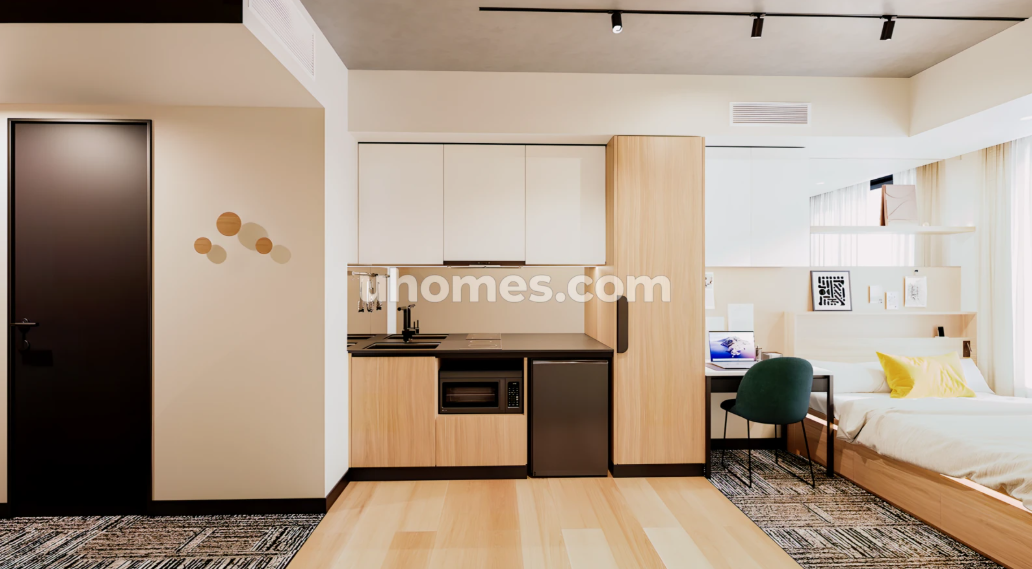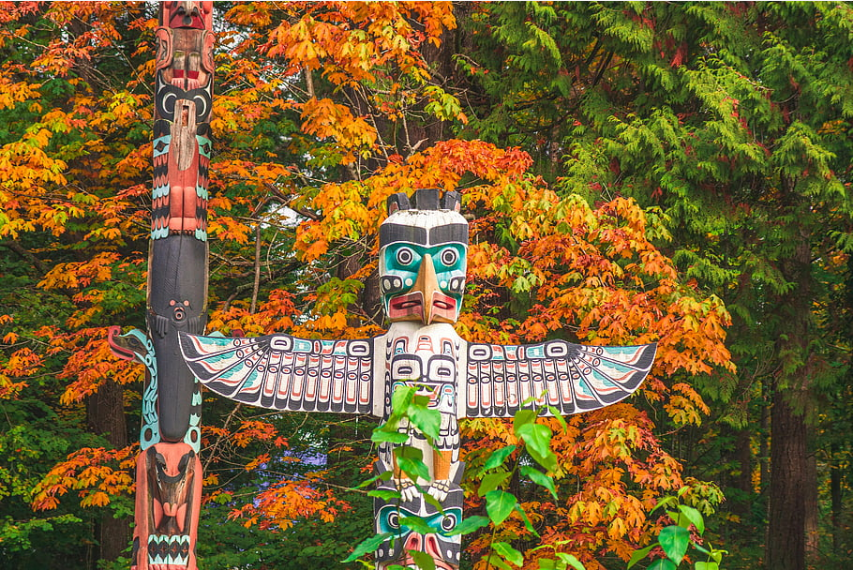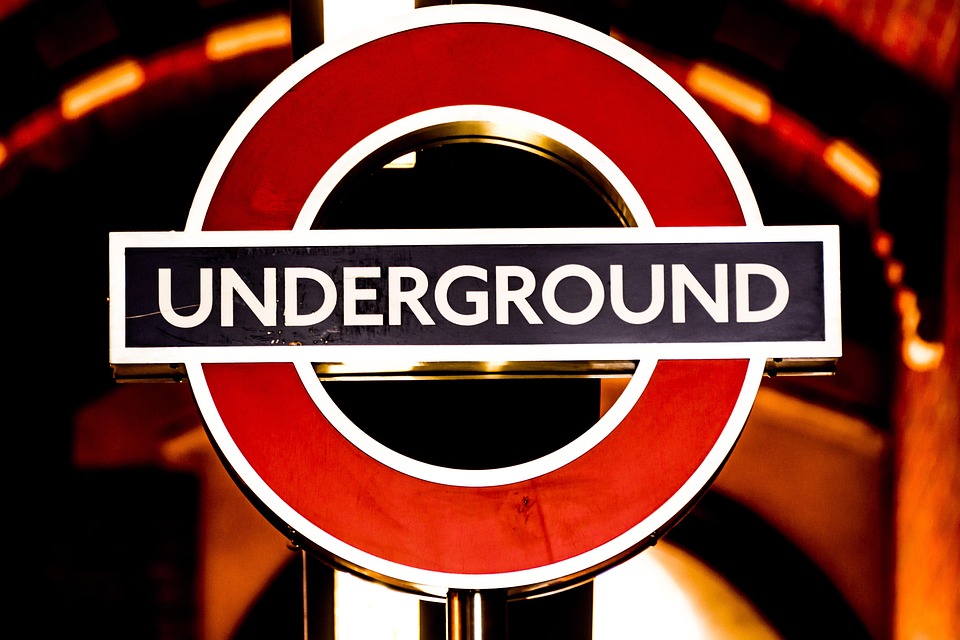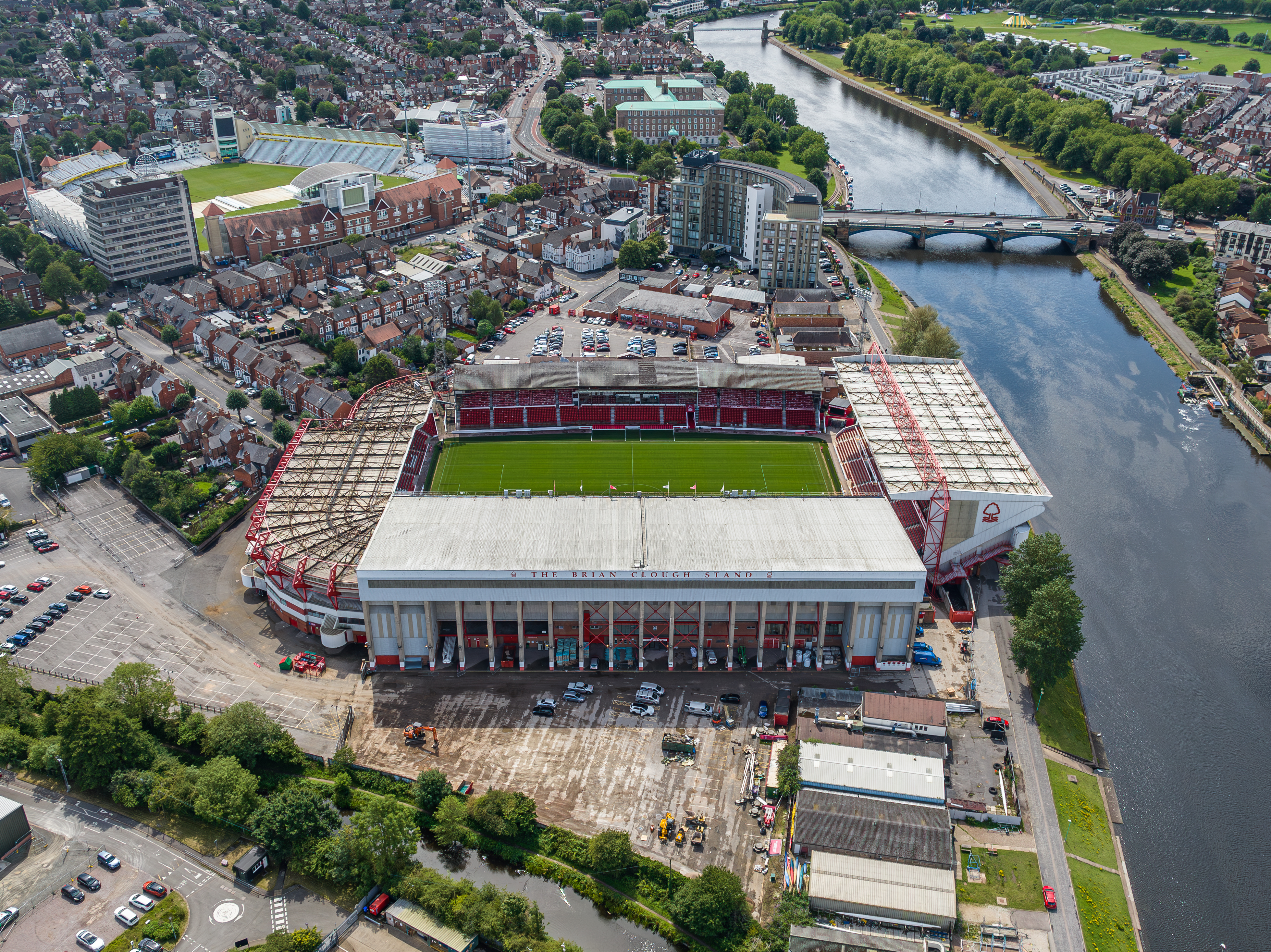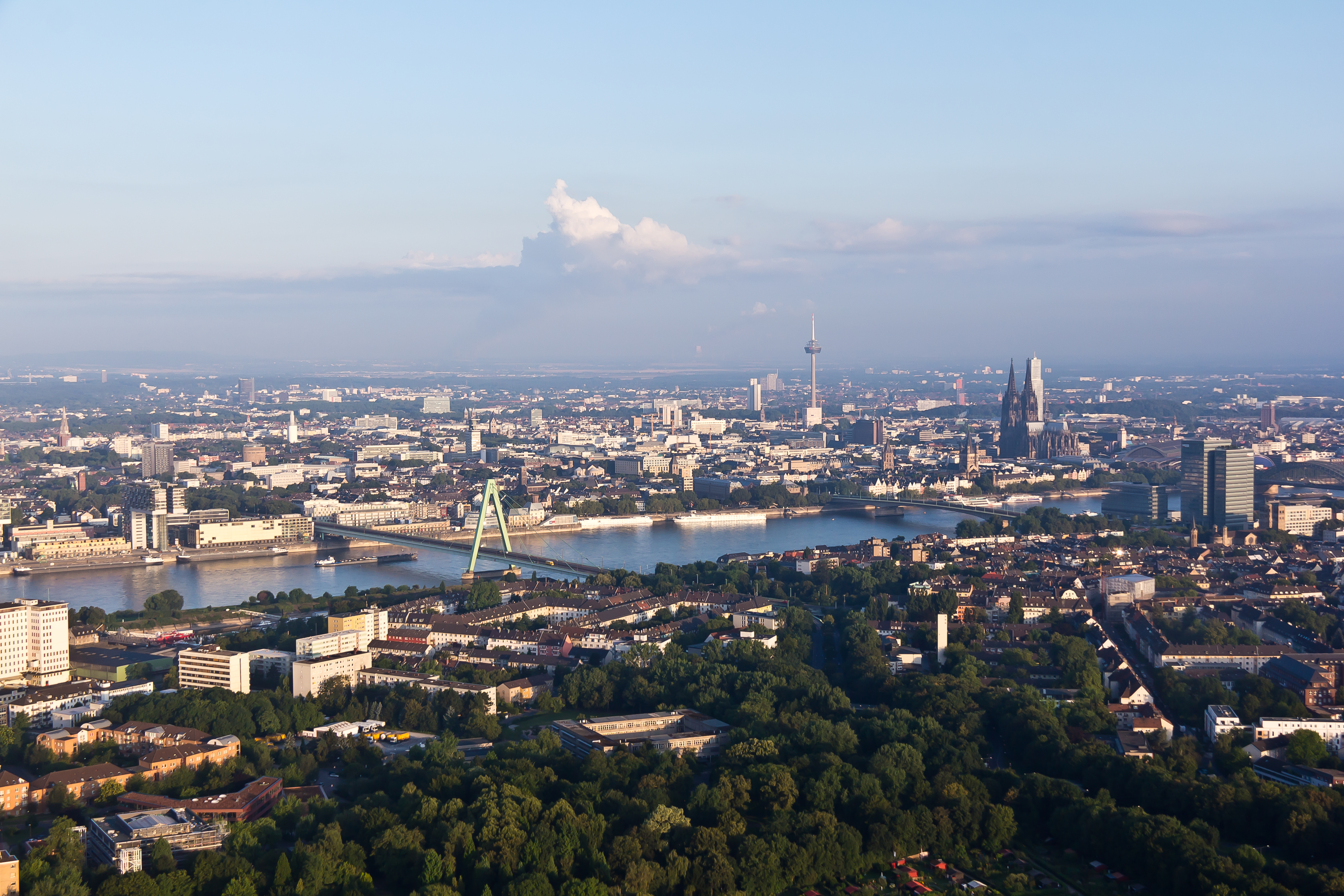The London Underground, also called “the Tube” by Londoners, is the most efficient way to travel to, from, and around central London. Whether you are a local or a newcomer to this metropolitan city, this comprehensive guide helps you navigate the London Tube, covering everything you need to know. Read on to find out how to use the London Underground, from reading the map to purchasing the tickets and enjoying the Oyster Cards!
Understanding the London Underground
The London Underground is an urban rail transit system in London, UK. It is the first subway around the world, completing and opening to traffic on January 10, 1863. Today, the London Tube network has 250 miles of track (100 miles underground), 9 zones, 12 lines, and 272 operating stations. It serves central London and extends to the borough of Epping to the north and Newbury Park to the east.
Navigating the London Underground Map
The London Underground map is a practical tool for navigating the London Tube network. You can prepare a complete electronic version of the London Tube map or pick up a free paper version at the subway stations. The London Underground services are divided into 2 modes—lines and zones. Lines are about where you go, while zones determine your fare.
London Underground Lines
London has 12 lines today, all represented by different colours.
- Bakerloo—Brown
- Central—Red
- Circle—Yellow
- District—Green
- Hammersmith & City—Pink
- Jubilee—Grey
- Metropolitan—Dark red
- Northern—Black
- Piccadilly—Dark blue
- Victoria—Blue
- Waterloo & City—Light green
- Elizabeth—Purple
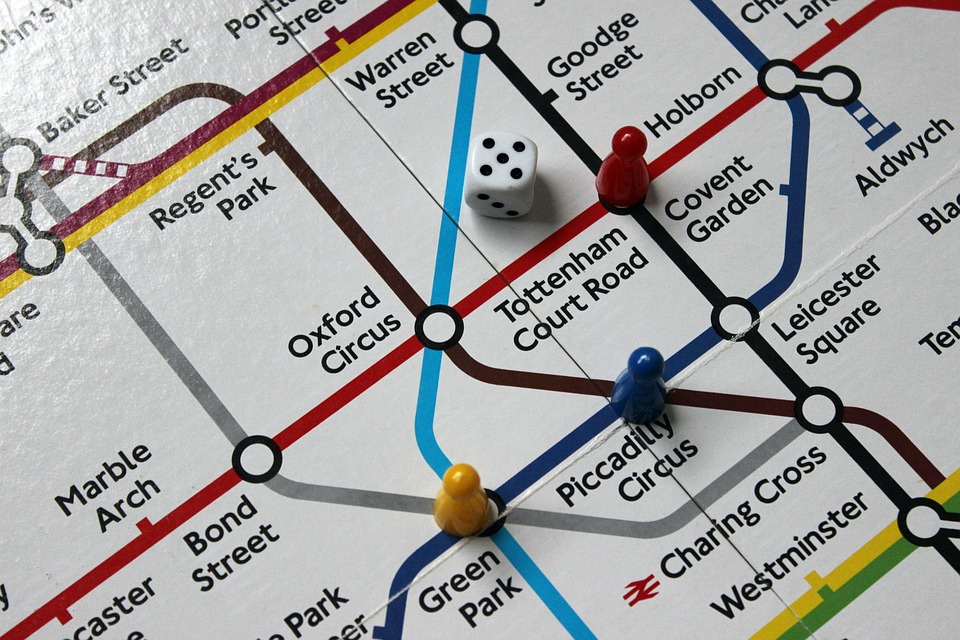
London Underground Zones
Transport for London (TfL) divides the London transport network into 9 “Fare Zones” in a circular form from the city centre outwards. London Underground Fares are calculated based on the zones they span. Zones 1—3 cover central London, while 6—9 are London suburbs. Zone 1 stretches from Notting Hill in the west to Aldgate East in the east, which is an area with concentrated attractions. Famous attractions such as Westminster, the London Eye, Hyde Park, the City of London, and China Town are all located in Zone 1. Starting from the Zone 2, residential areas gradually increased. Meanwhile, the division of zones is also closely related to the prices of buying or renting a house in London, from expensive flats in the city centre to relatively affordable housing in the outer suburbs.
London Underground Journey Planners and Mobile Apps
With London Underground journey planners and practical mobile apps, it is effortless to make an efficient route plan in the London Underground. Here are some recommended apps for London Underground route planning.
- Citymapper: Not only can you see the London Underground route planning, but you can also check the real-time information about the stations. Subways, buses, trams, trains, etc, are all covered.
- Transport for London (TFL): TFL London Underground is the official app of Transport for London. Besides the basic functions the other apps have, you can also buy and recharge Oyster Cards on it.
- Google Maps: Google Maps is ubiquitous in our life. It can provide information about London Tube lines, stations and travel times, and comprehensive route planning for walking, cycling and public transportation.
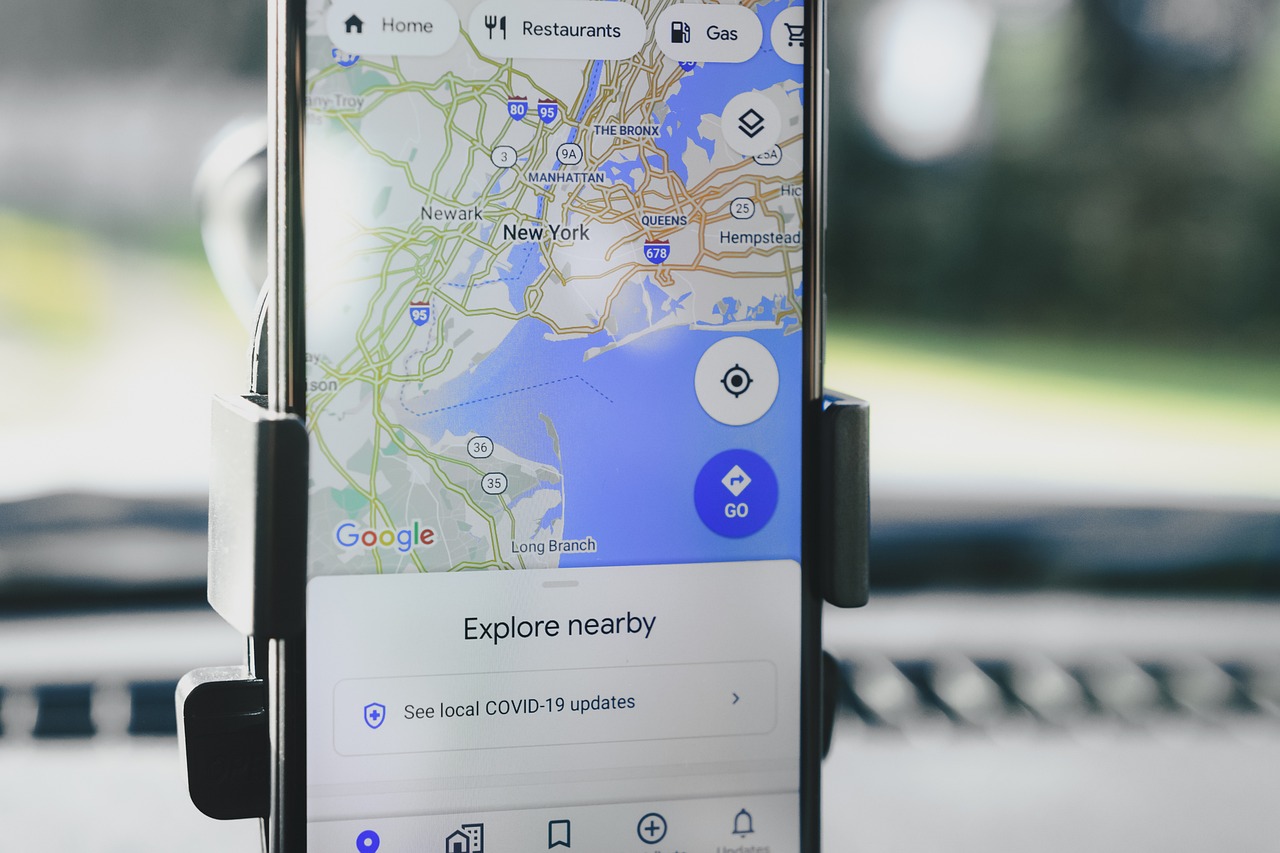
London Underground Timetable
The operating hours of different London Underground lines are divergent. In this guide, information like the first and last times for each subway line, rush hours, and the way to check for delays will be revealed.
London Tube General Hours
- Mondays—Saturdays: 5:00 am—12:30 am
- Sundays: 6:00 am—12:30 am with a little fewer metros
London Underground Peak Times
London, as a bustling metropolis, has hectic peak hours in the mornings and evenings. At that time, the subway cars are crowded with commuters, making it difficult to get a seat and even have space to stand. The London Tube peak hours are 7:00 am—9:30 am and 4:00 pm—7:00 pm on weekdays. If you are not in a hurry, you can choose to wait until after 9.30 am to take the tube.
London Night Tube
There are 5 London Underground lines that run a 24-hour service on Fridays and Saturdays:
- Central
- Victoria
- Jubilee
- Northern
- Piccadilly
You may need to wait a little longer than usual, but taking a night tube after a night out at standard off-peak prices is still highly cost-effective.
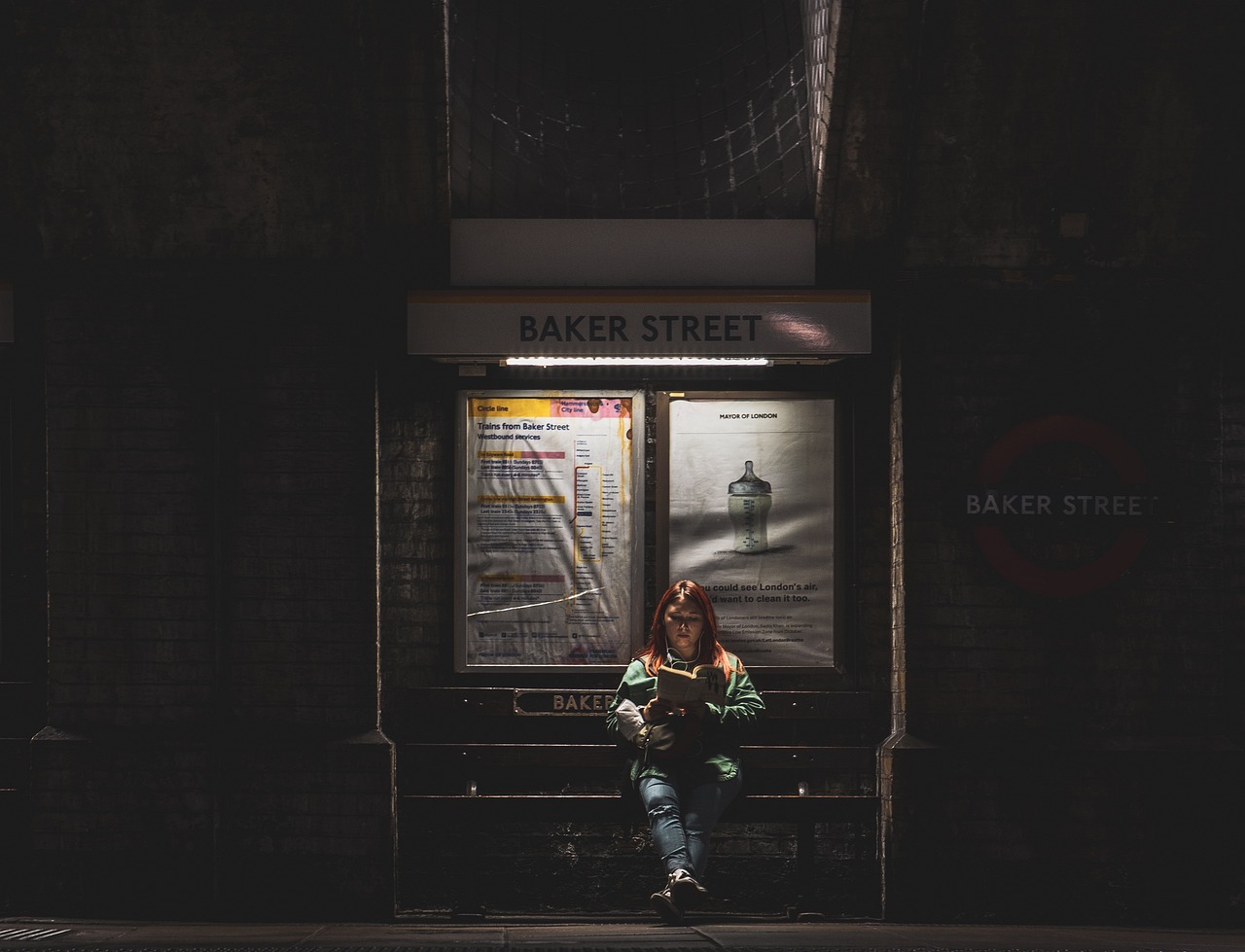
Check for Delays
You can check the updated London Underground status on the TFL platform or reliable mobile apps mentioned above to see if the tube line you want to take is operating normally or delayed.
London Underground Tickets and Fares
Travelling by tube is an affordable and simple transport option. Purchasing London Underground tickets is particularly straightforward. Moreover, with a contactless card, the process will become simpler and quicker with a cheaper fare.
London Underground Tickets
There are some ways to pay for your ride on the subway in London tailored to diverse needs:
- Single Journey Tickets: great for occasional use
- Oyster Cards: used to take all the public transport in London. It can be purchased at London Tube stations or designated stores. For those who frequently take the London Underground, buying a monthly or weekly pass is most cost-effective. Newcomers or travellers can recharge as they go.
- Travel Cards: suitable for tourists, divided into daily, weekly, monthly, and annual passes. Within the time and area of purchase, you can take unlimited rides on most public transportation with a simple “Touch In and Touch Out” way in London.
- Contactless Credit/Debit Cards: The card is very convenient to use to take the subway. Not only does it save you the time of queuing to buy tickets or recharge, but it also saves the cost of applying for an Oyster Card.
London Underground Fares
The London Underground fares vary depending on different factors, including where you travel to and from, whether you are traveling during rush hours, and whether you are buying a simple journey ticket or using an Oyster and Contactless Card. Here are the specific London Tube prices in different zones and occasions. By the way, Zones 7 to 9 are suburbs, and you’re pretty unlikely to use those at all.
| Zones | Single Tickets | Oyster & Contactless Cards | 7-day Travel Cards | ||
|---|---|---|---|---|---|
| Adult | Child | Peak | Off-peak | ||
| 1 | £6.7 | £3.3 | £2.8 | £2.7 | £42.7 |
| 1—2 | £6.7 | £3.3 | £3.4 | £2.8 | £42.7 |
| 1—3 | £6.7 | £3.3 | £3.7 | £3.0 | £50.2 |
| 1—4 | £6.7 | £3.3 | £4.4 | £3.2 | £61.4 |
| 1—5 | £6.7 | £3.3 | £5.1 | £3.5 | £73.0 |
| 1—6 | £6.7 | £3.3 | £5.6 | £5.6 | £78.0 |
The chart above shows that it is much cheaper to take the tube with Oyster and Contactless Cards. In addition, it would also be wise for visitors to buy a Travel Card instead of purchasing single journey tickets every time.
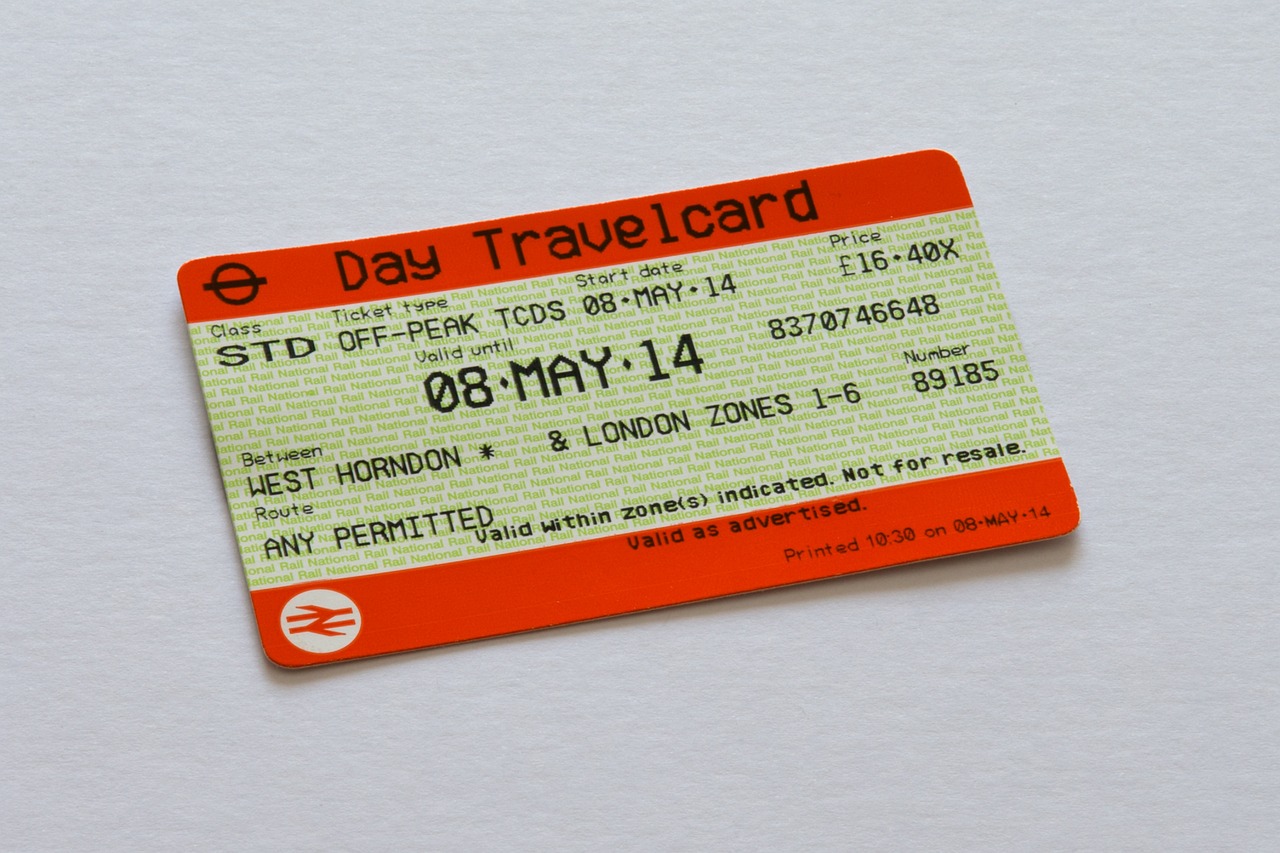
Tips on Navigating the London Underground
The London Tube lines are complicated, as a complete hot mess at first glance. People who take the subway for the first time will be confused. Follow our guide below to avoid making mistakes.
- Open London Underground journey planners and mobile apps, like Google Maps, to check the destination and the corresponding recommended subway
- Focus on 3 valid pieces of information: London Tube line name/color, platform number, and terminal name
- After entering the London Tube station, you will find a white panel with the platform number and direction, as well as the line name and color bar.
- Go down to the corresponding platform and find the display above your head. There will be the corresponding terminal name, ranking, and waiting time.
- After waiting for the subway, you can check the terminal name of the car again and make sure it is correct before getting on.
- Just listen to the station after getting on! You can also look at the navigation on the map, but there is basically no signal in the London Underground. Those who are unsure can take a screenshot in advance.
- Follow the “Way Out” sign to find the subway exit quickly. Large London Subway stations have many exits. You can use maps and signs. If you are not sure, don’t hesitate to ask the staff.
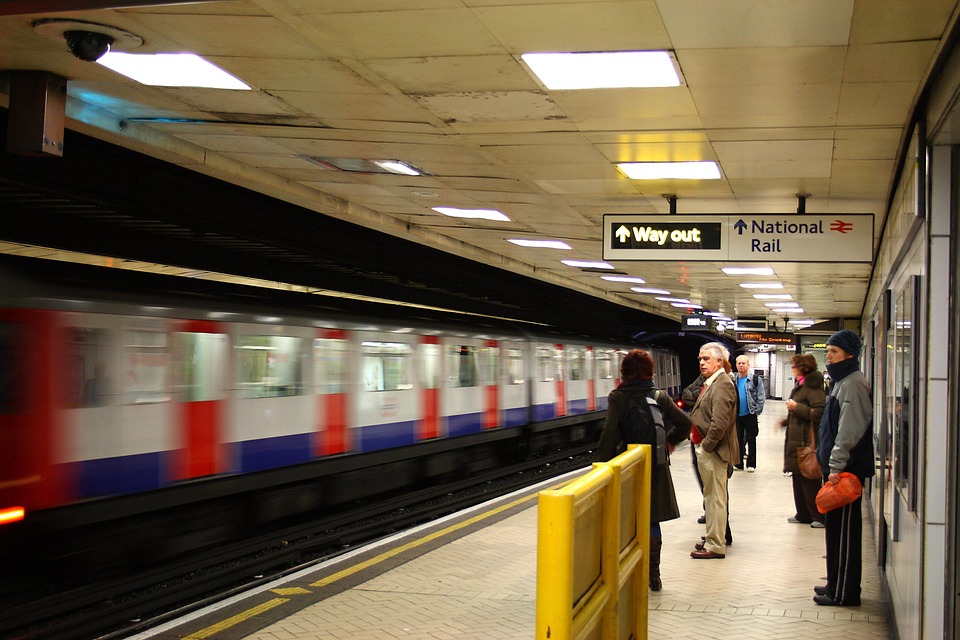
London Tube Etiquette
Englishmen pay great attention to etiquette and politeness. To avoid faux pas, here are some tips for Tube etiquette when navigating the Underground.
Get your ticket ready earlier to avoid delaying others and causing the barriers to lock
- Stand on the right side of the escalators to make a left-hand side to spare for busy travellers
- Stand behind the yellow line to ensure safety
- Move down the platform to keep out of the way
- Let other customers off first
- Do not lean on the poles
- Offer your seat to the elderly and pregnant
- No eye contact
- No smelly food
Flats close to London Underground Stations
To ensure seamless navigation throughout the whole of London, we’d better find a flat within walking distance of London Tube stations. Here’s where uhomes.com, a reliable platform for student accommodation rental, comes in. Below are some of the most recommended and affordable student accommodations a stone’s throw away from the tube stations.
- Vita Student Lewisham Exchange (up to £500 cashback): Vita Student Lewisham Exchange, located at Exchange Point, Loampit Vale, London, SE13 7NX, is a catered student accommodation that offers Studios and En-suites. Lewisham tube station is only about a 5-minute walk away, offering easy access to top attractions like The Old Royal Observatory Garden, Cutty Sark, and Greenwich Park.
- Downing The Lyra (up to £700 cashback): The Lyra, W3 6BX, an affordable Studio student accommodation in London, is situated at Portal Way, West London. North Acton underground station is a 5-minute walk away, giving access to many top universities, like IC Hammersmith Campus, LSE, and KCL.
- Emily Bowes Court (up to £300 cashback): The accommodation, located at Lebus Street, London, N17 9FD, offers residents Studios and En-suites. With Tottenham Hale London tube station a short 3-minute walk away, you can take a tube to UCL and KCL in several minutes.

Conclusion about the London Underground
After browsing this guide, we believe you have mastered how to use the London Underground to navigate throughout this bustling capital. From the London Tube timetable to basic Tube etiquette, all the things you need to know are broken down. Finally, you can find accommodation near tube stations on uhomes.com for better travel.
FAQs about the London Tube
Why is the London Underground called "the Tube"?
The London Underground is also known as the Tube because the vehicles travel in a circular tunnel like a tube.
What is the route of the Elizabeth line?
The Elizabeth line reaches Shenfield and Abbey Wood in the east and Heathrow and Reading in the west.
What tube line runs from Heathrow to London?
The Piccadilly line and the Elizabeth line both run from Heathrow Airport to London. The Piccadilly line is the most affordable option.

